Lead has been mined in Gunnerside Gill since at least the 15th century. The greatest activity took place from the 17th to the late 19th centuries. The Sir Francis Level was a major venture started in 1864 with the encouragement of the owner of the mining rights, Sir George Denys. It was named after his son and was an attempt to tap deep lying deposits.
Looking into the now flooded mine at the entrance: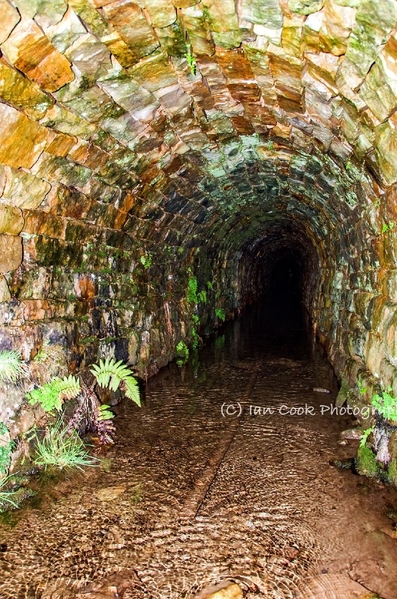
Flooded entrance tunnel 100m from entrance: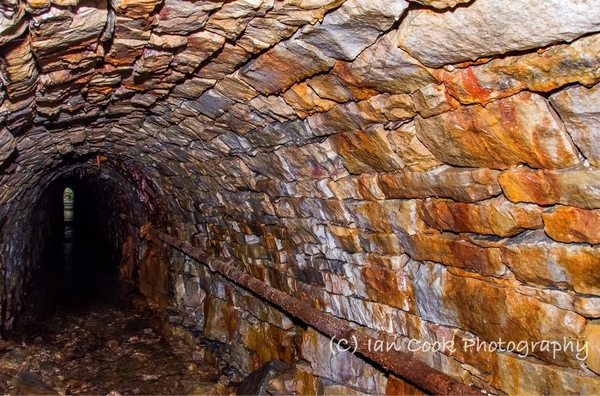
Flooded entrance tunnel 100m from entrance: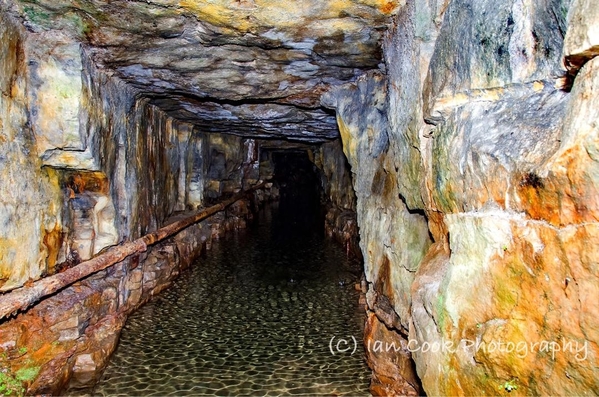
Air shaft entrance, now the only way in to the mine following a collapse: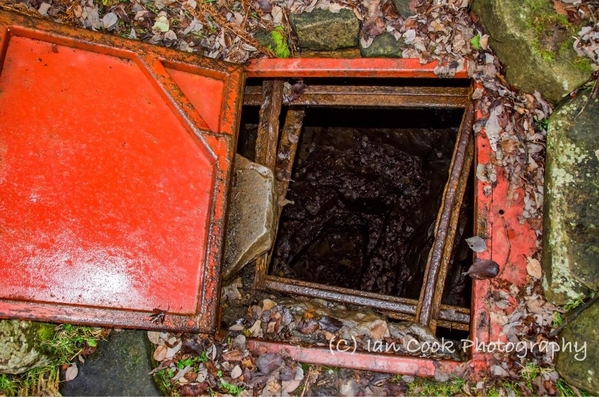
When miners first began to drive the level into the side of Gunnerside Gill in 1864, they used hand-bored shot holes and black powder blasting. However in 1870, Sir George Denys decided to speed up the process by introducing compressed air drills. This was the first use of this technology in a Yorkshire mine. A waterwheel driven compressor and air receiver were used, situated in an engine house at the mouth of the level. The exhaust air from the drills had the further benefit of ventilating the mine, which allowed the men to work without the need for airshafts. This saved further time and money. Work went on at Sir Francis Level until the early 1880s but the venture was never commercially successful.
The Sir Francis dressing floor located nearby, was where lead ore, galena, was crushed and sorted before being sent to be smelted into lead. The dressing floor here has a particularly fine set of bouse teams. These stone chambers were used to store the ore-rich material before it was dressed.
Once dressed, the ore went to be smelted at various local smelt mills. Output from the mines in the upper part of Gunnerside Gill increased sharply in 1819 and a new smelting mill was built at Blakethwaite. It began smelting in 1821, but only took ore from the Blakethwaite and Lownathwaite mines. The mill had two ore-hearths fuelled with locally gathered peat and small amounts of coal. Fumes were drawn into a flue that ran up to a chimney on the crag above the mill.
Lead ore was also mined in Gunnerside Gill by a process known as hushing. Water was dammed above likely lead veins and released in a rush. The overlying debris was washed away exposing the ore-bearing veins. The huge scars cut into the valley sides are the remains of this process.
Overall view of the Sir Francis Mine: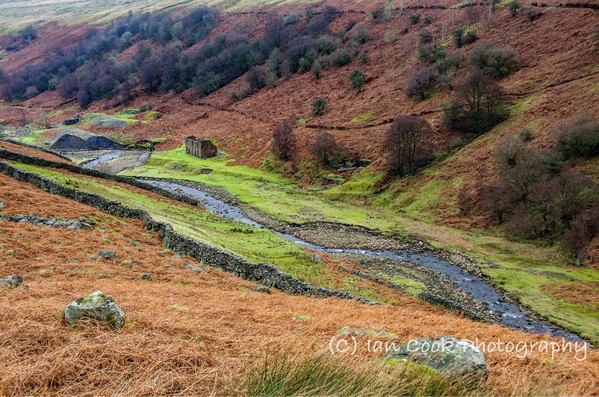
For a list of Ian Cook's photography and TravelGumbo contributions, pleaseclick on this link

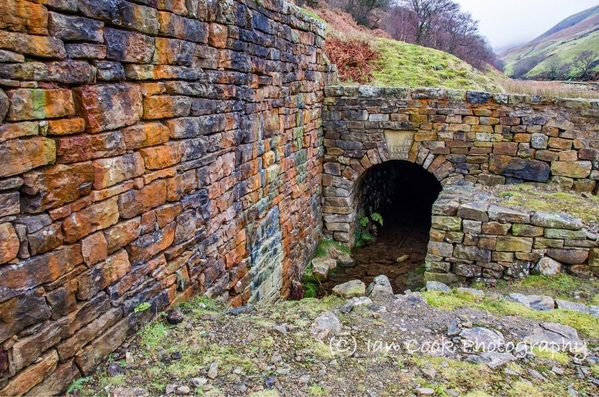
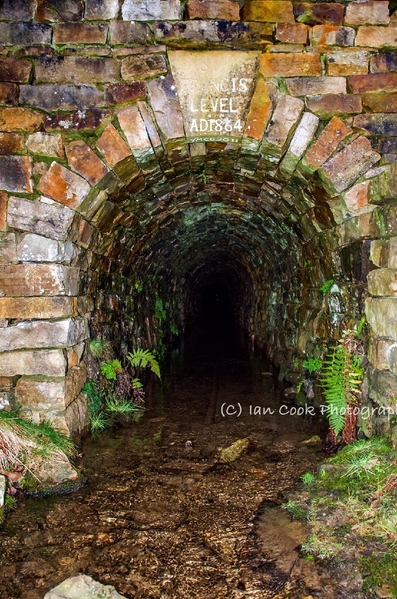
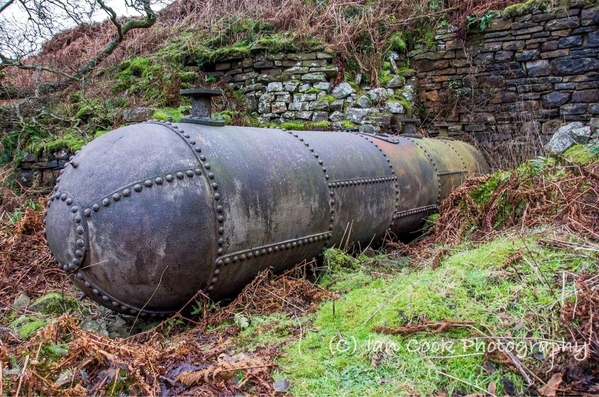
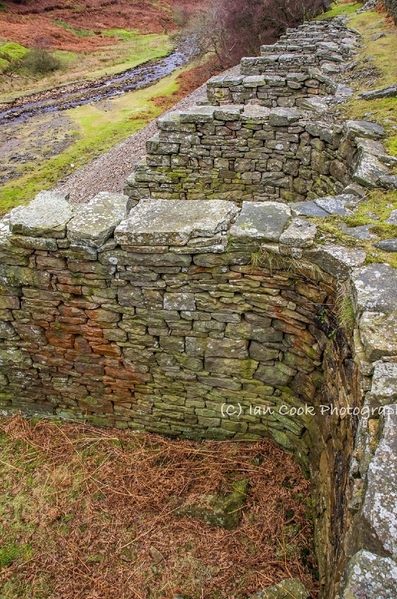
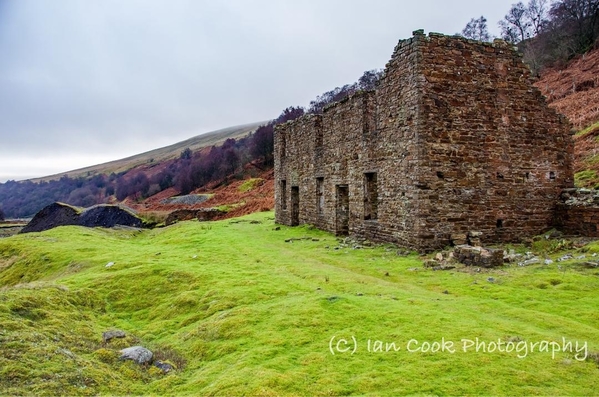
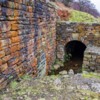
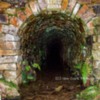
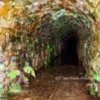
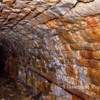
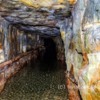
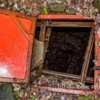
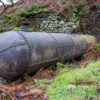
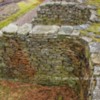
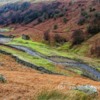
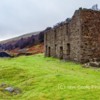
Comments (0)